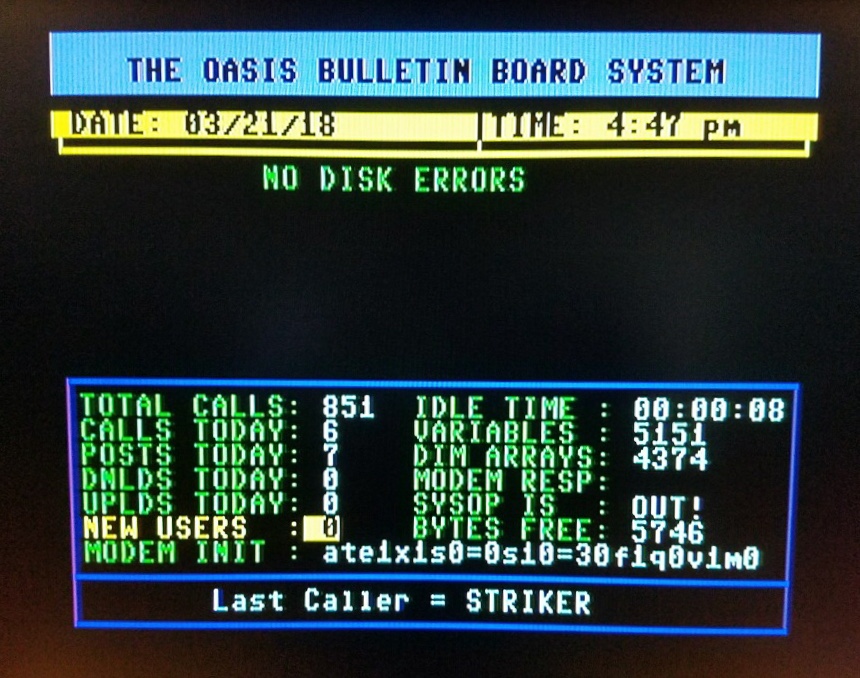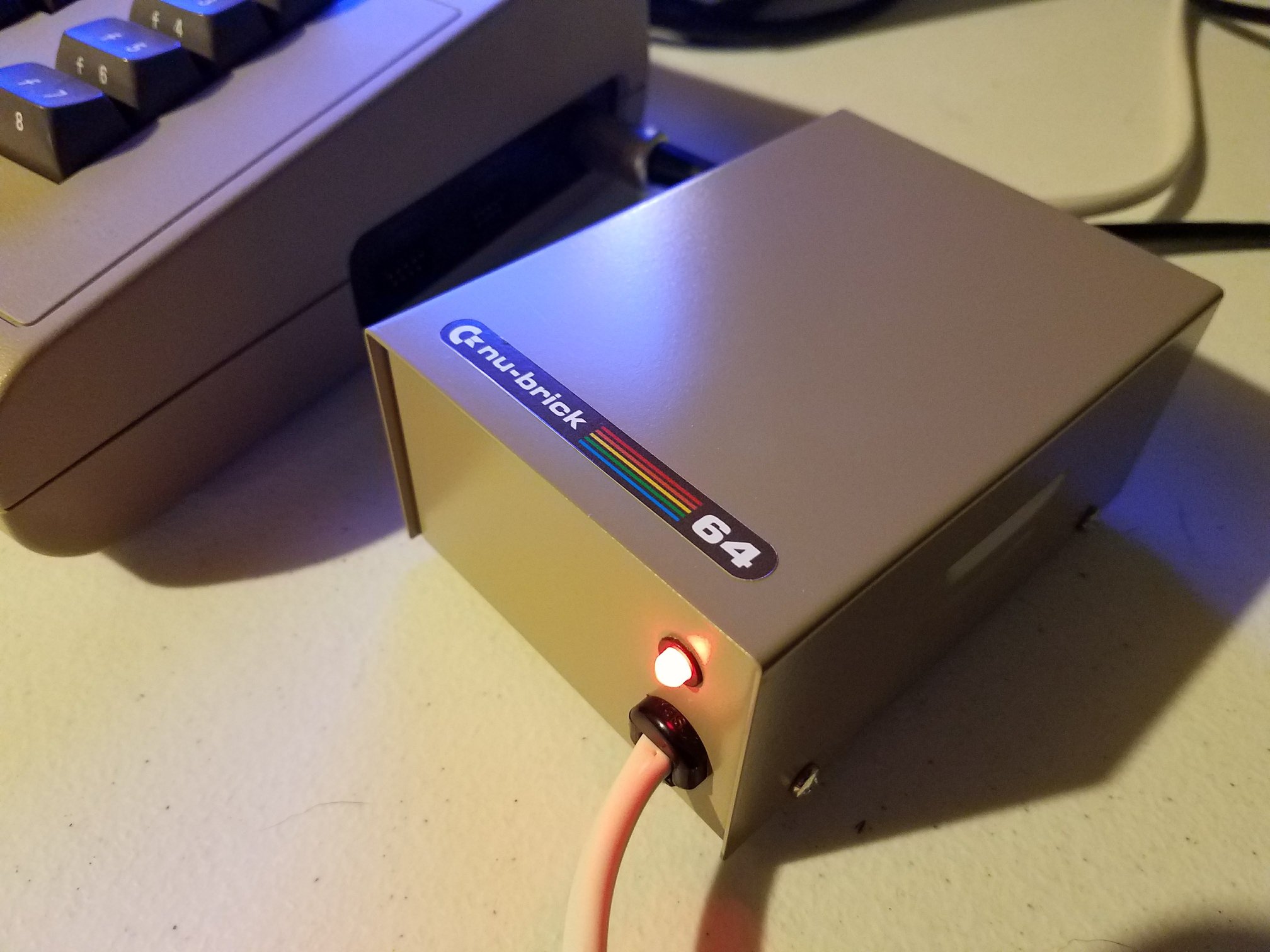The phrase “Silver Label C64 repair” sets the scene as Lee from More Fun Fixing It returns to the bench for another restoration challenge. This time, he tackles the second of five Silver Label Commodore 64s, rare early machines with plastic badges. Lee quickly checks the serial number and confirms this is a genuine early board, not a reproduction. While the case and keyboard show some yellowing and minor wear, their condition is encouraging for a restoration.
Unboxing and Assessing the Damage
Upon opening the C64, Lee spots the familiar and dreaded sign of capacitor leakage. The RF shield is still in place, but heavy corrosion hints at internal problems. Lee notices the board is especially dirty and immediately sets aside the idea of a quick fix. After removing the board, he sees that capacitor fluid has leaked over a 74LS629 chip, creating serious corrosion. He decides not to reinstall this chip, aiming instead to replace it with one from a parts board.
Cleaning and Repair Process
Lee walks viewers through his cleaning steps, using vinegar and isopropyl alcohol to remove corrosion. He pulls out affected capacitors, carefully inspects traces, and checks for hidden damage. Lee’s methodical approach includes checking continuity and using a desoldering tool he plans to review in a future video. He finds its performance surprisingly effective, changing his opinion mid-repair.
He explains the danger of hidden corrosion under chips or traces, emphasizing the need to remove all contaminant residue to avoid future issues. After cleaning, Lee repaints exposed traces and prepares the board for reassembly.
The 74LS629 Chip Surprise
As Lee re-sockets chips, he makes a surprising discovery about the 74LS629: it’s not a standard logic chip, but a voltage-controlled oscillator, vital for generating the color clock in PAL and NTSC systems. This explains why generic chip testers could not identify it. The only way to test it is in a real system.
After replacing the damaged chip with a working one, the C64 boots perfectly. Only the SID audio chip remains problematic, which Lee notes for a future fix.
Final Assembly and Testing
Lee installs new capacitors, checks the keyboard, and runs diagnostic routines. To his relief, the keyboard passes all tests, and the restored C64 is ready for its next owner. He wraps up by previewing more restoration projects on even rarer boards.
Curious about rare Commodore 64 repairs and the quirks of early electronics? Watch the full video to see the restoration in action and pick up useful repair tips along the way.
This is episode 2 of 5 in the current Silver Label C64 Repair series. You can watch episode 1 by clicking here.







